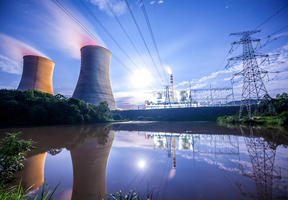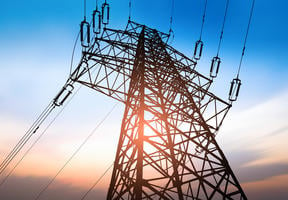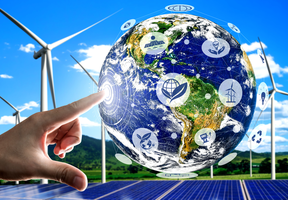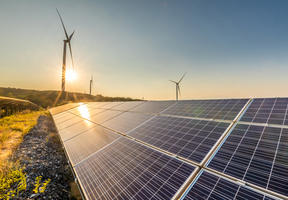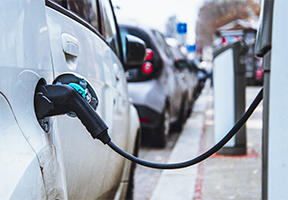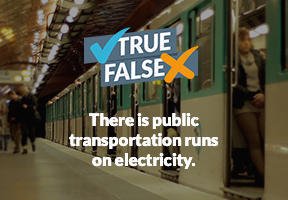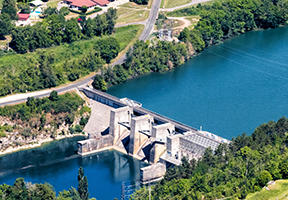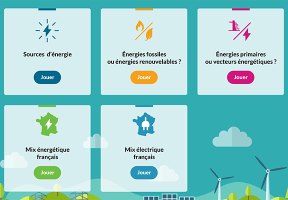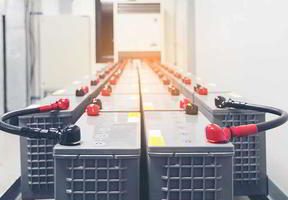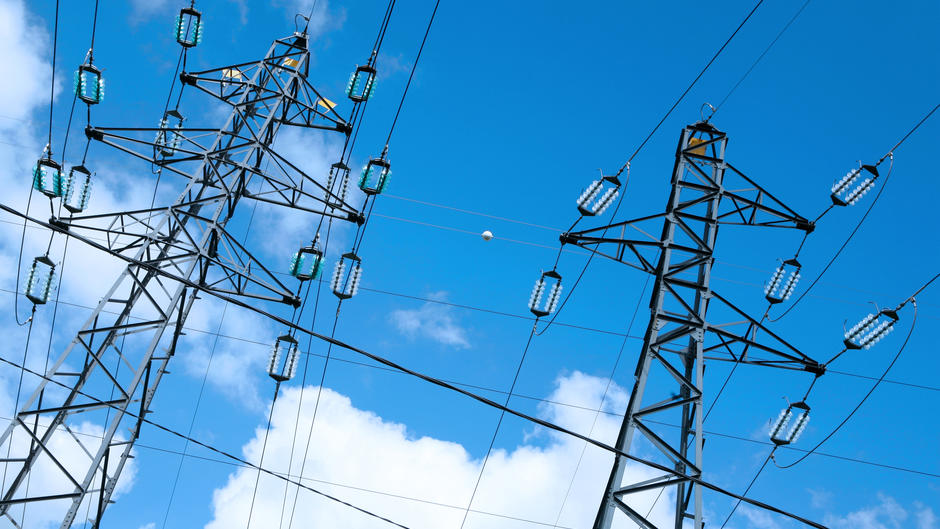
1. Electric power transmission grids in 15 images
Transmission grids have been a central feature of industrial society since the 1890s, undergoing endless improvements to make them "smarter", more efficient and better connected.

2. Finely tuned balancing act
The need to continuously match supply with demand requires round-the-clock management of national and international flows. This picture shows a technician from French grid operator RTE in the Saint-Denis national control center north of Paris ready to switch a transmission line on or off.
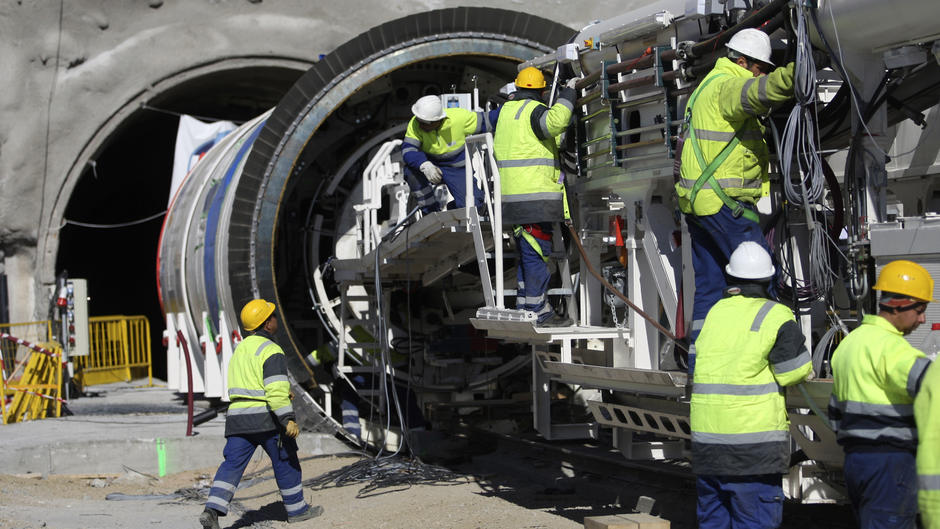
3. European interconnections
The European Union would like all Member States to be capable of transferring at least 10% of domestically generated electricity to their neighboring countries. This would help redistribute excess electricity, which can sometimes happen at Spain's wind farms, for example. In 2015, the 64.5 kilometer France-Spain link running under the Pyrenees doubled interconnection capacity between the two countries.
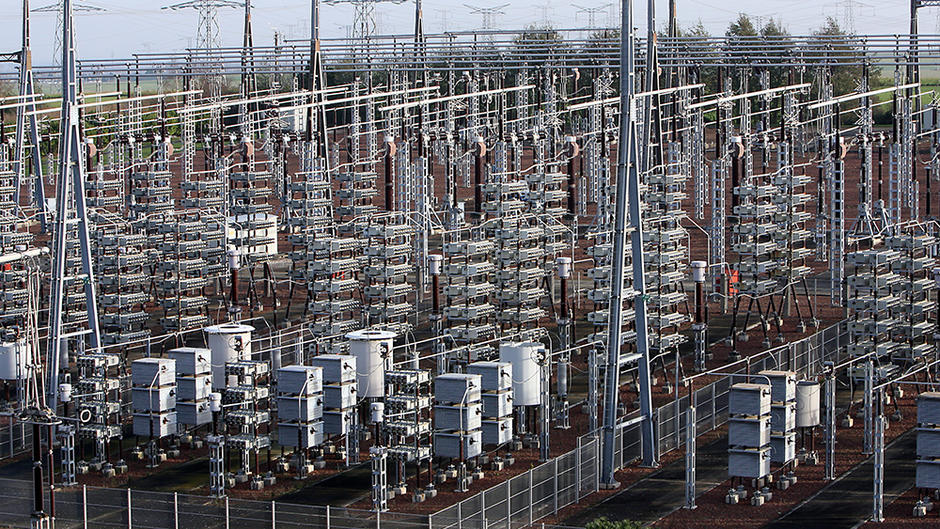
4. Long-standing cooperation
The first electricity link between France and the United Kingdom was established in 1961. It was replaced in 1981 by a new sub-sea interconnector that uses direct current (DC) due to the long distance covered (96 km) and enables France to export electricity. Shown here is the Mandarins substation in Bonningues-les-Calais, France, which converts the current before sending it across the Channel.
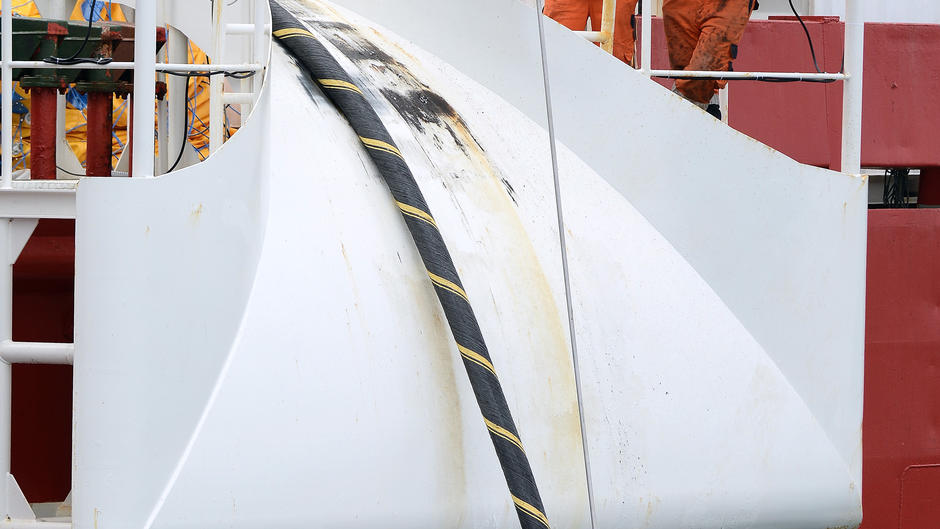
5. Submarine cable laying
Electricity is often transmitted under the sea. The technology needed to lay cables up to 2,000 meters below sea level is improving all the time and now includes special ships designed to unwind the enormous cable coils, underwater robots that plough trenches on the sea floor, and articulated concrete "mattresses" for protecting the cables. This picture shows a cable being laid between Quiberon and Belle-Île off the French coast.
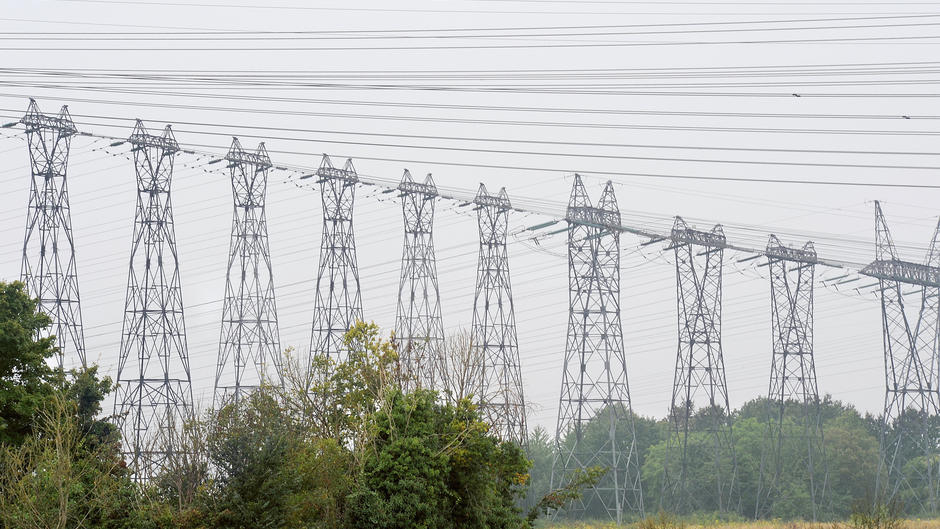
6. "Energy highways"
Ultra-high voltage transmission networks (400,000 V or 400 kV) transfer large quantities of electricity over long distances with only minimal losses. Regional grids supply public distribution networks and large industrial clients with 255, 90 and 63 kV power. Distribution networks (20,000 to 400 V) serve small businesses and individual consumers. Shown here is the Le Chesnoy facility, a key link in France's 400 kV grid.
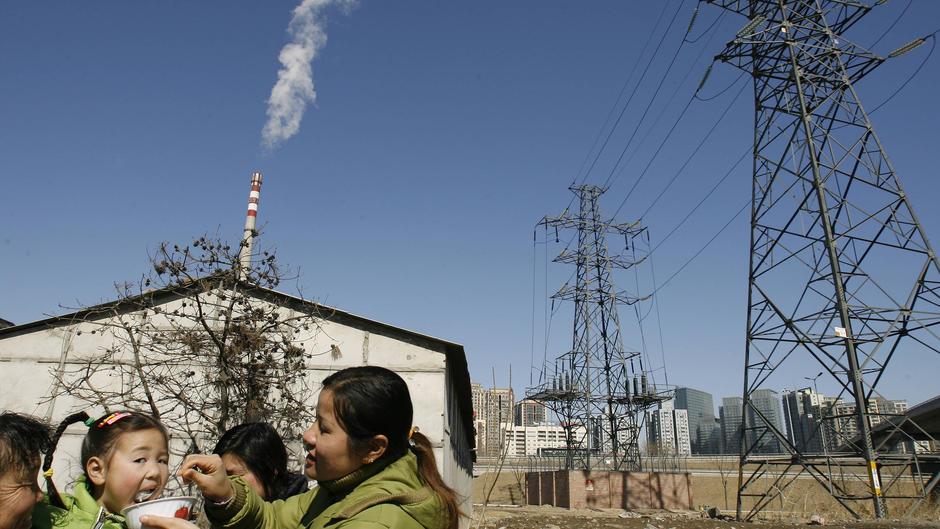
7. China's long-distance power lines
China (shown here) faces a specific challenge: nearly 80% of its electricity resources are concentrated in the country's west yet most demand comes from the southeastern coastal areas. It has little choice but to use direct current lines to bridge the gap because is inefficient over distances of more than 500 km. Canada faces the same difficulty in moving electricity from the colossal dams along James Bay to cities in Quebec and the northern United States some 1,480 km away.
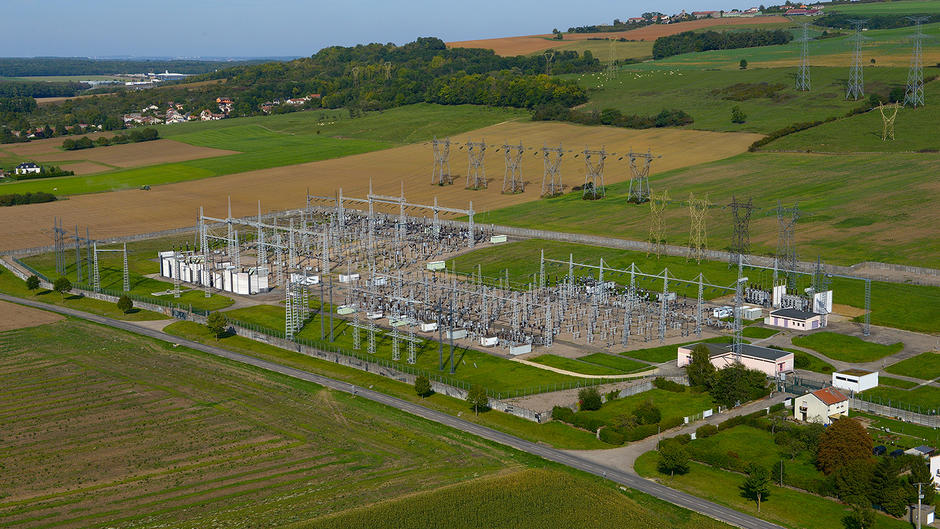
8. Power plant output
Electricity generated in power plants – whether from , gas, nuclear power or – has to be stepped up to 400,000 V to access the transmission grid. This takes place in a transformer substation. Similarly, when exiting the grid, the voltage has to be stepped down before it can be distributed to consumers. Shown here is the transformer substation at the Blénod gas turbine power plant in eastern France.
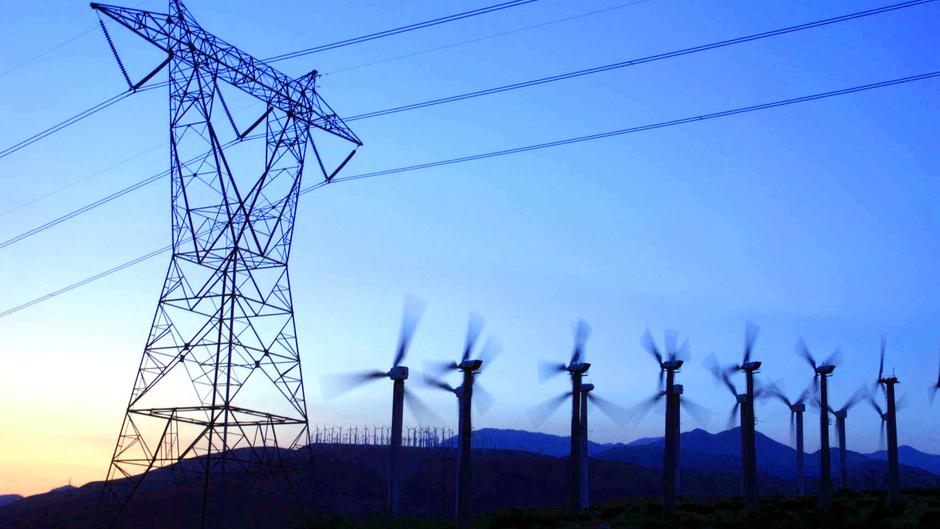
9. Renewable energy integration
Electricity collection and transmission networks are being rethought as wind and solar farms spring up in areas that are not always close to demand centers. In Germany, for instance, electricity generated by wind turbines in the Baltic Sea has to be transferred to the country's industrial heartland in the south. Pictured here is the vast San Gorgonio Pass wind farm, one of the three largest in California.
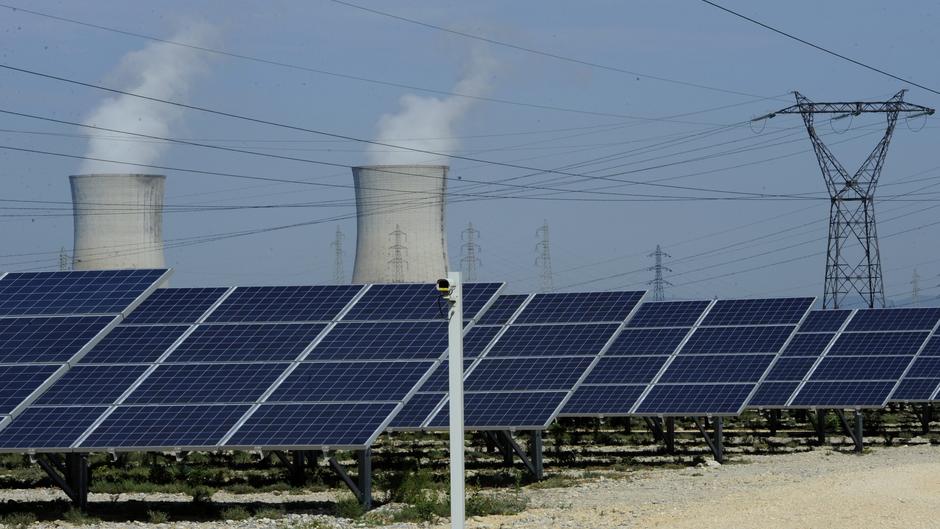
10. Combining electricity sources
Nuclear plants produce highly stable – if not relatively inflexible – baseload energy, whereas solar output is intermittent and often unpredictable. The job of a transmission system operator is to receive energy from the various power plants in a given region and use it to match supply to demand. This photo shows the Bollène solar farm in southeastern France with the Tricastin nuclear plant in the background.
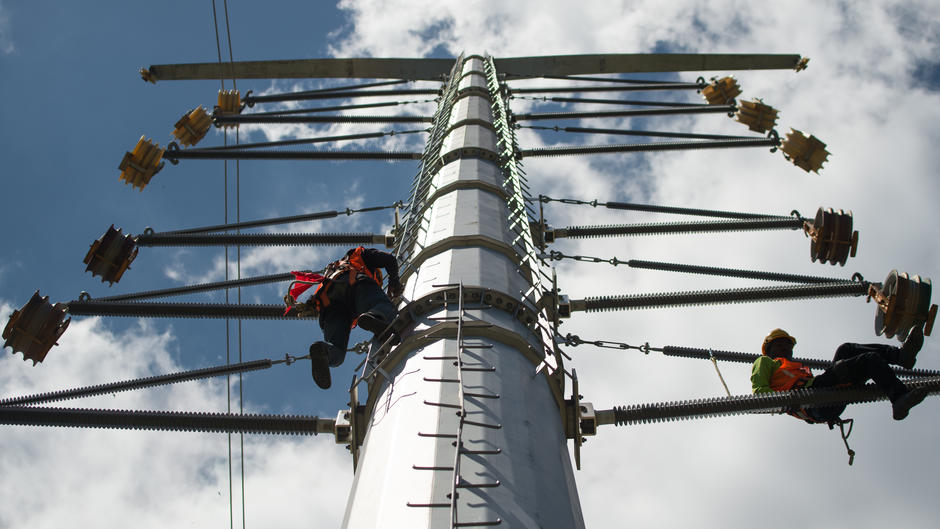
11. Acrobatic operations
It takes skilled workers with sophisticated equipment to install and repair high-voltage power lines. They work under all weather conditions in a wide variety of climates and countries around the world. This photo, taken in January 2015, shows workers installing a high-voltage line in the region of Kuala Lumpur, Malaysia.
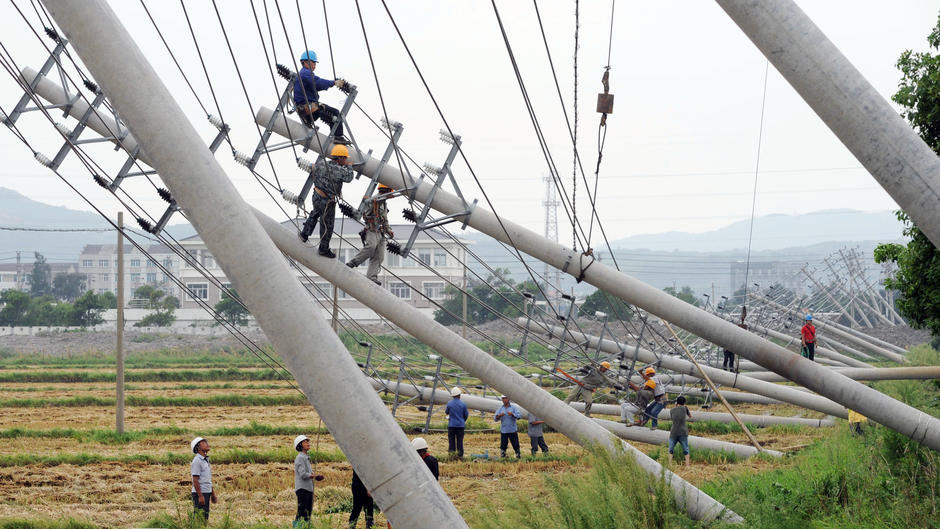
12. Climate fluctuations
Insured losses due to severe climate events rose by 9% worldwide between 1990 and 2014. This is a worrying trend, particularly in times of . Power lines are highly exposed. This photo shows workers straightening utility poles flattened by strong winds in Wenling, Zhejiang Province, China.
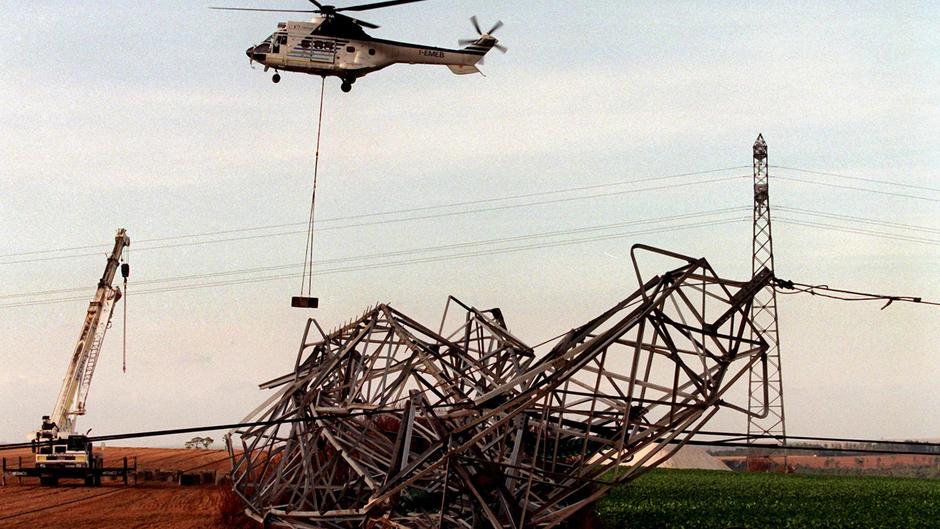
13. Helping hand from helicopters
Over the last few decades, helicopters have become an essential ally in maintaining power grids in hard-to-access and storm-affected areas. Here, a helicopter is shown in Reims, in France's northeastern Champagne region, after a devastating storm hit the country on December 26, 1999.

14. Not in my backyard
Putting up a high-voltage power line in developed countries is no easy task – for social reasons though, not technical ones. Protests often erupt over concerns about "visual pollution", electromagnetic radiation and large-scale power plants, particularly nuclear ones. While power lines can be buried, it comes at a high cost. A proposed overhead transmission line across the Pyrenees met with outrage (shown here).
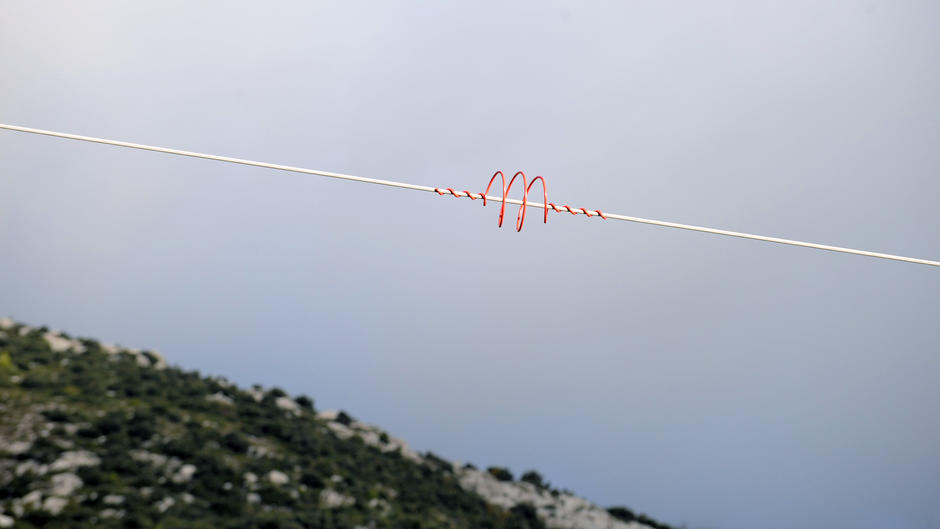
15. Environmental impacts
The strips of earth underneath high-voltage power lines often form small yet efficient nature reserves for plant and animal species. Up above, however, large birds of prey can collide with the power lines. Beacons are sometimes installed to alert the birds in the same way that flashing lights warn aircraft.
 This may interest you
This may interest you
See all
